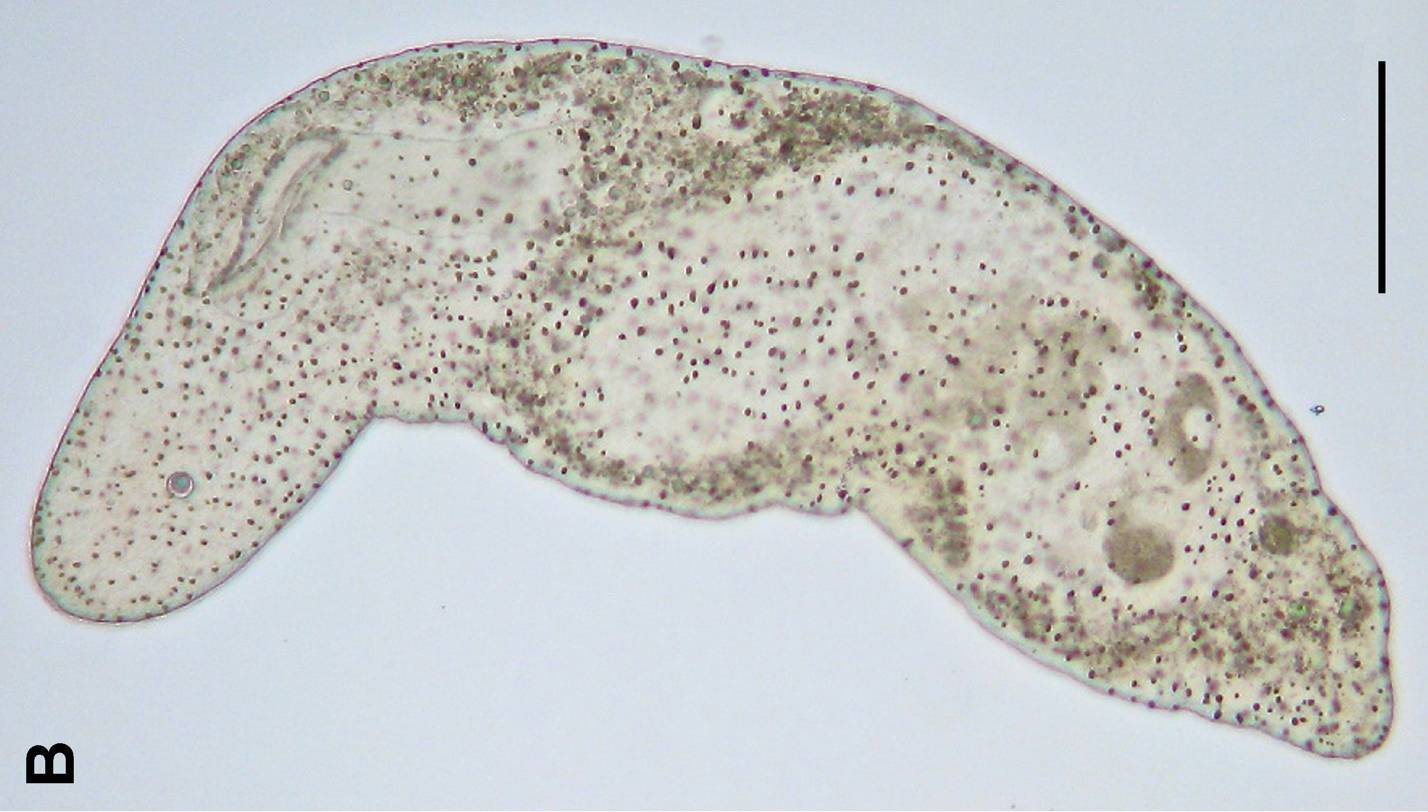|
Colobometra Perspinosa
''Colobometra perspinosa'' is a species of echinoderm known by the common name black feather star. The black feather star is widespread throughout the tropical waters of the central Indo-Pacific region. This feather star is often clinged to gorgonians, exposed their open arms to the marine flow to optimise the nutriment capture. Its maximal diameter is for ten arms maximum. Its coloration is usually black but it can also be black and white, and even brown-gold for rare specimen. References External linksColobometra perspinosaat the World Register of Marine Species The World Register of Marine Species (WoRMS) is a taxonomic database that aims to provide an authoritative and comprehensive list of names of marine organisms. Content The content of the registry is edited and maintained by scientific speciali ... Colobometridae Animals described in 1881 {{Crinoidea-stub ... [...More Info...] [...Related Items...] OR: [Wikipedia] [Google] [Baidu] |
Echinoderm
An echinoderm () is any member of the phylum Echinodermata (). The adults are recognisable by their (usually five-point) radial symmetry, and include starfish, brittle stars, sea urchins, sand dollars, and sea cucumbers, as well as the sea lilies or "stone lilies". Adult echinoderms are found on the sea bed at every ocean depth, from the intertidal zone to the abyssal zone. The phylum contains about 7,000 living species, making it the second-largest grouping of deuterostomes, after the chordates. Echinoderms are the largest entirely marine phylum. The first definitive echinoderms appeared near the start of the Cambrian. The echinoderms are important both ecologically and geologically. Ecologically, there are few other groupings so abundant in the biotic desert of the deep sea, as well as shallower oceans. Most echinoderms are able to reproduce asexually and regenerate tissue, organs, and limbs; in some cases, they can undergo complete regeneration from a single limb. ... [...More Info...] [...Related Items...] OR: [Wikipedia] [Google] [Baidu] |
Tropical
The tropics are the regions of Earth surrounding the Equator. They are defined in latitude by the Tropic of Cancer in the Northern Hemisphere at N and the Tropic of Capricorn in the Southern Hemisphere at S. The tropics are also referred to as the tropical zone and the torrid zone (see geographical zone). In terms of climate, the tropics receive sunlight that is more direct than the rest of Earth and are generally hotter and wetter as they aren't affected as much by the Season, solar seasons. The word "tropical" sometimes refers to this sort of climate in the zone rather than to the geographical zone itself. The tropical zone includes deserts and snow-capped mountains, which are not tropical in the climatic sense. The tropics are distinguished from the other climatic and biomatic regions of Earth, which are the middle latitudes and the polar regions of Earth, polar regions on either side of the equatorial zone. The tropics constitute 40% of Earth's surface area and contain ... [...More Info...] [...Related Items...] OR: [Wikipedia] [Google] [Baidu] |
Indo-Pacific
The Indo-Pacific is a vast biogeographic region of Earth. In a narrow sense, sometimes known as the Indo-West Pacific or Indo-Pacific Asia, it comprises the tropical waters of the Indian Ocean, the western and central Pacific Ocean, and the seas connecting the two in the general area of Indonesia. It does not include the temperate and polar regions of the Indian and Pacific oceans, nor the Tropical Eastern Pacific, along the Pacific coast of the Americas, which is also a distinct marine realm. The term is especially useful in marine biology, ichthyology, and similar fields, since many marine habitats are continuously connected from Madagascar to Japan and Oceania, and a number of species occur over that range, but are not found in the Atlantic Ocean. The region has an exceptionally high species richness, with the world's highest species richness being found in at its heart in the Coral Triangle, and a remarkable gradient of decreasing species richness radiating outwa ... [...More Info...] [...Related Items...] OR: [Wikipedia] [Google] [Baidu] |
World Register Of Marine Species
The World Register of Marine Species (WoRMS) is a taxonomic database that aims to provide an authoritative and comprehensive list of names of marine organisms. Content The content of the registry is edited and maintained by scientific specialists on each group of organism. These taxonomists control the quality of the information, which is gathered from the primary scientific literature as well as from some external regional and taxon-specific databases. WoRMS maintains valid names of all marine organisms, but also provides information on synonyms and invalid names. It is an ongoing task to maintain the registry, since new species are constantly being discovered and described by scientists; in addition, the nomenclature and taxonomy of existing species is often corrected or changed as new research is constantly being published. Subsets of WoRMS content are made available, and can have separate badging and their own home/launch pages, as "subregisters", such as the ''World List ... [...More Info...] [...Related Items...] OR: [Wikipedia] [Google] [Baidu] |
Colobometridae
''Colobometridae'' is a family of crinoids belonging to the order Comatulida. Members of this order are known as feather stars. Genera Genera within this family include: * '' Alisometra'' A.H. Clark, 1947 * '' Analcidometra'' A.H. Clark, 1918 * '' Austrometra'' A.H. Clark, 1916 * '' Basilometra'' A.H. Clark, 1936 * ''Cenometra'' A.H. Clark, 1911 * '' Clarkometra'' Gislén, 1922 * ''Colobometra ''Colobometra'' is a genus of echinoderms. References Colobometridae Animals described in 1909 Crinoid genera {{crinoidea-stub ...'' A.H. Clark, 1909 * '' Cotylometra'' A.H. Clark, 1916 * '' Cyllometra'' A.H. Clark, 1907 * '' Decametra'' A.H. Clark, 1911 * '' Embryometra'' Gislén, 1938 * '' Epimetra'' A.H. Clark, 1911 * '' Gislenometra'' A.H. Clark, 1947 * '' Iconometra'' A.H. Clark, 1929 * '' Oligometra'' A.H. Clark, 1908 * '' Oligometrides'' A.H. Clark, 1918 * '' Petasometra'' A.H. Clark, 1912 * '' Pontiometra'' A.H. Clark, 1907 References Comatulida Echinoderm f ... [...More Info...] [...Related Items...] OR: [Wikipedia] [Google] [Baidu] |


